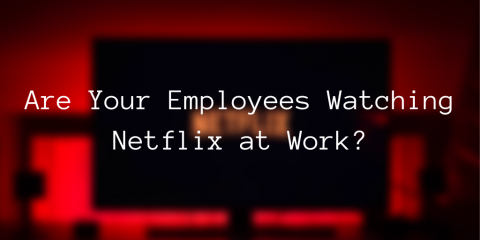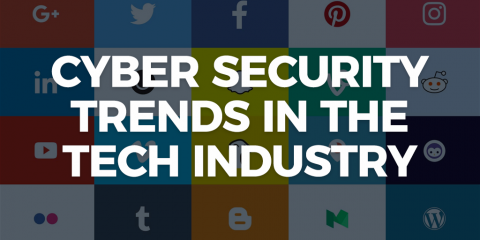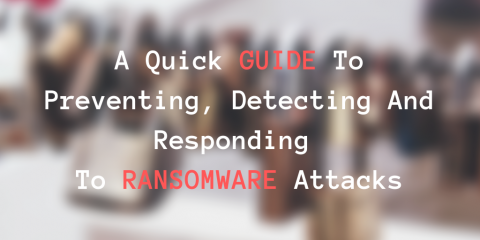Five Things You should Know About Enterprise Visibility
Data breaches happen daily, many of which go undetected for months and even years. In this environment, having visibility into assets across the enterprise is paramount. This critical security need is termed “enterprise visibility” and has become a household name across the industry. The concept can take on a variety of meanings depending on the stakeholder you may be dealing with across the enterprise.










